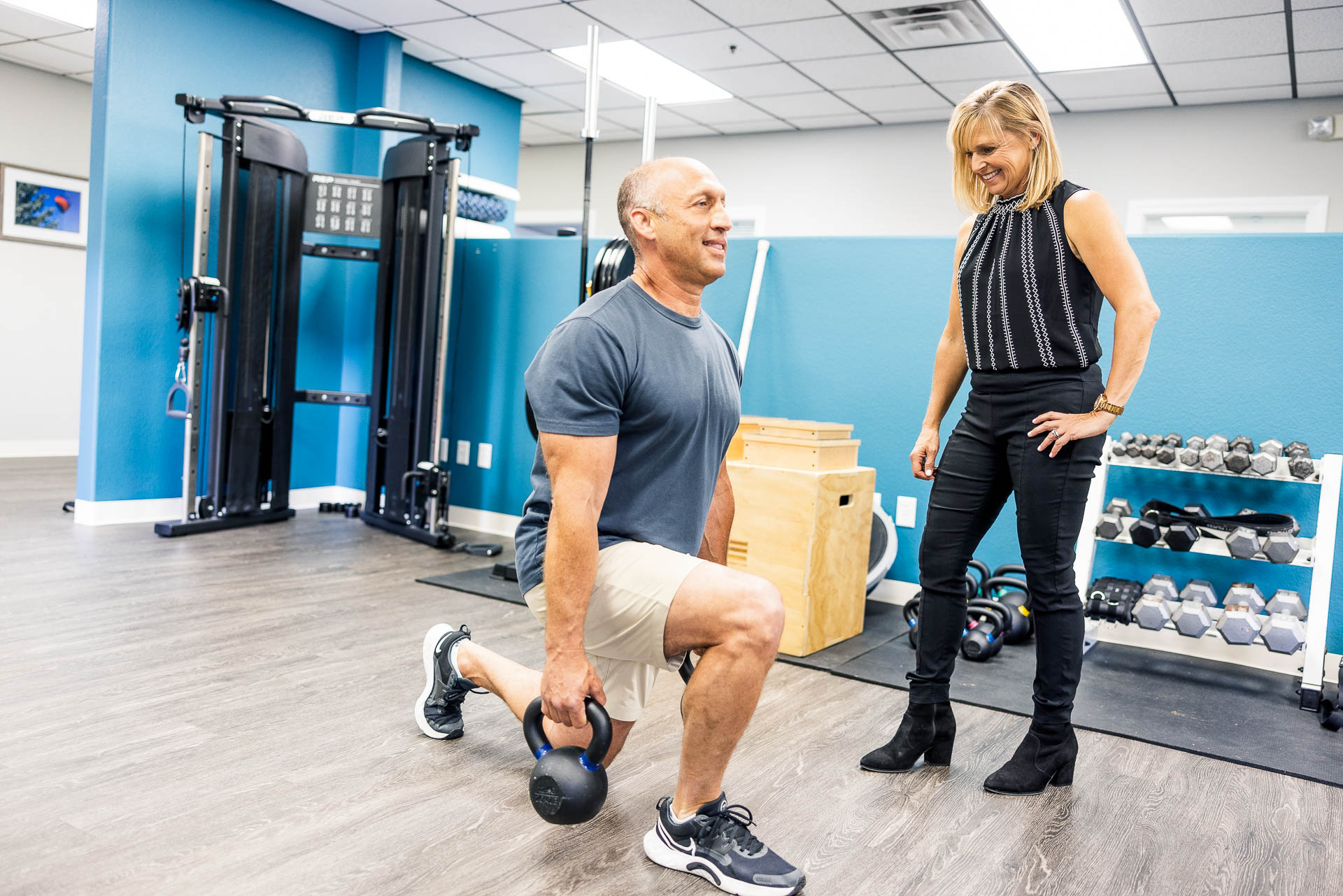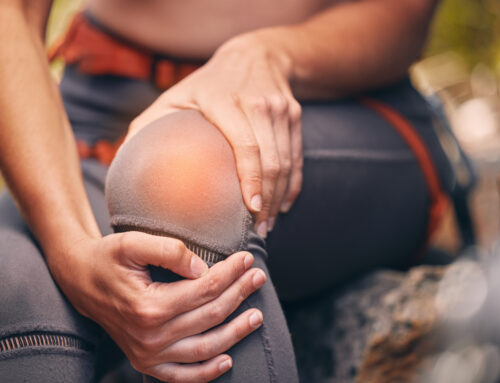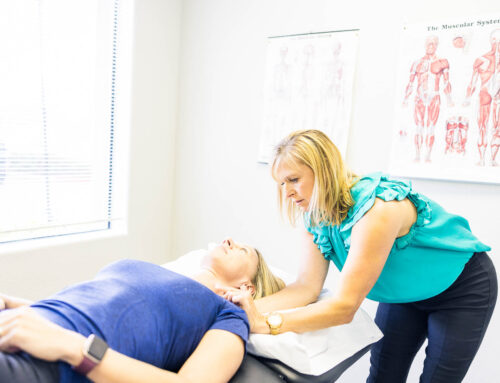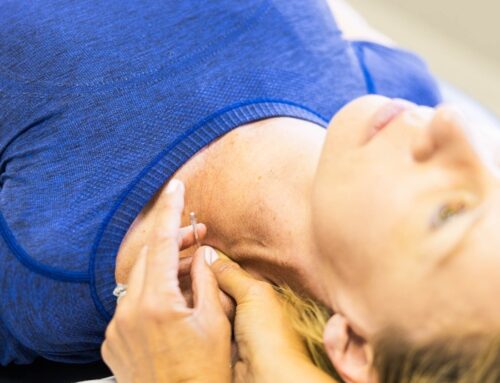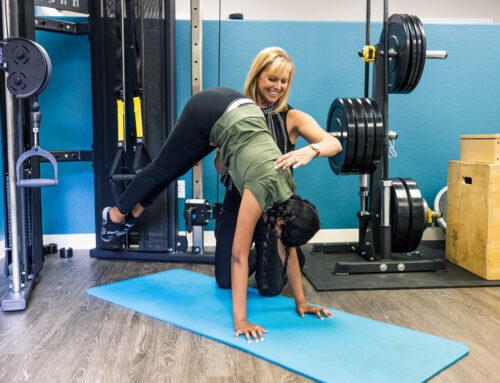As physical therapists in Reno, we’ve seen many fitness enthusiasts and athletes make the same mistake time and time again: they stretch rigorously before their workouts. It’s a common belief that static stretching is the ideal way to prepare the body for physical activity. However, recent research and clinical experience have demonstrated that dynamic warmups are not only more effective but can also make your muscles stronger. In this blog, we’ll explain why dynamic warmups are superior to static stretching and provide examples of dynamic warmup exercises that will help you elevate your performance.
The Downside of Static Stretching
Static stretching, which involves holding a muscle in a stretched position for an extended period, has been a long-standing tradition in many pre-workout routines. The belief has been that this practice helps to reduce the risk of injury, enhance flexibility, and prepare the muscles for action. However, recent scientific studies have shown that static stretching before exercise may not be as beneficial as we once thought.
One of the primary reasons static stretching isn’t recommended before a workout is that it can actually reduce muscle strength. When you hold a muscle in a stretched position, the muscle fibers relax, temporarily decreasing their ability to contract. This can lead to decreased power output and may even increase the risk of injury during your workout. Additionally, static stretching doesn’t actively engage the muscles or increase the heart rate, which is what you want in a warmup.
The Advantage of a Dynamic Warmup
Dynamic warmups actively engage the muscles and prepare the body for the physical demands of your workout. They involve a range of movements that mimic the activity you’re about to do, effectively increasing your heart rate, blood flow, and body temperature. Dynamic warmups enhance flexibility and mobility without compromising muscle strength, making them a much better choice to prepare for your workout.
4 Key benefits of dynamic warmups:
1. Increased Blood Flow: Dynamic warmup exercises get your heart pumping and increase blood flow to your muscles. This helps deliver essential nutrients and oxygen to the muscle tissues, making them more responsive during exercise.
2. Improved Joint Mobility: Dynamic movements engage your joints through a full range of motion. This enhances joint mobility and flexibility, reducing the risk of injury due to stiffness.
3. Enhanced Muscle Activation: Dynamic warmups activate the muscles you’ll be using during your workout. This primes your muscles for action, increasing their ability to generate force and power.
4. Mental Preparation: Dynamic warmups also serve as a mental preparation tool. As you perform exercises that mimic your workout, you mentally transition from a sedentary state to an active one, improving your focus and readiness.
Dynamic Warmup Exercises
Now, let’s look at some effective dynamic warmup exercises that you can incorporate into your routine. Give yourself about 10 – 15 meters of space so you can move around freely and get that heart rate up and those muscles warm.
Jogging
Jog forwards and backwards in a straight line about 10 times. This does not need to be a sprint, just a steady run back and forth to get your heart rate up.
Lunge and Twist
Step forward into a lunge, then twist your torso to the side of the front leg. Make sure you keep your hips over your knee and go slow with the twist. Alternate between legs. This exercise engages the core, improves hip flexibility, and activates the quadriceps.
Side Shuffle
Face sideways with your legs apart and get into a squat position. Then shuffle back and forth across the space, keeping your knees bent to maintain that squat. This warms up the thighs and glutes.
Butt Kicks
Jog forward, but this time, focus on kicking your heels up towards your glutes. Butt kicks warm up the quadriceps and improve lower body flexibility.
Karaoke or Grapevine
Facing sideways, cross one foot over the other and then cross to the back until you travel across the room. Make sure you are twisting your upper body with the motion too. Go back and forth several times. This is a great warmup for balance and coordination.
Dynamic Plank
Walk your hands out to a push-up position and then transition into a bear crawl, then squat and stand. Do this 10 times. This exercise activates the core, shoulders, and chest.
Skipping
You will want to skip two ways: one is for height and the other for distance. For height, you will skip with high knees. Jog one direction while lifting your knees as high as possible with each step. This exercise warms up your lower body, engages your hip flexors, and improves cardiovascular function. Then jog in the other direction, skipping for distance. See how far you can get in one skip.
By incorporating these dynamic warmup exercises into your pre-workout routine, you’ll experience improved muscle activation, enhanced joint mobility, and better overall performance.
Dynamic warmups have proven to be a superior alternative to static stretching before a workout. They not only prepare your body for exercise but also make your muscles stronger and more resilient. The list of dynamic warmup exercises provided here is just a starting point. Feel free to customize your warmup routine based on your specific workout needs.
By making the switch to dynamic warmups, you’ll take a significant step towards optimizing your performance and minimizing the risk of injury. So, next time you hit the gym or the playing field, leave static stretching behind and embrace the power of dynamic warmups. Your body will thank you for it and you’ll be stronger than yesterday!

